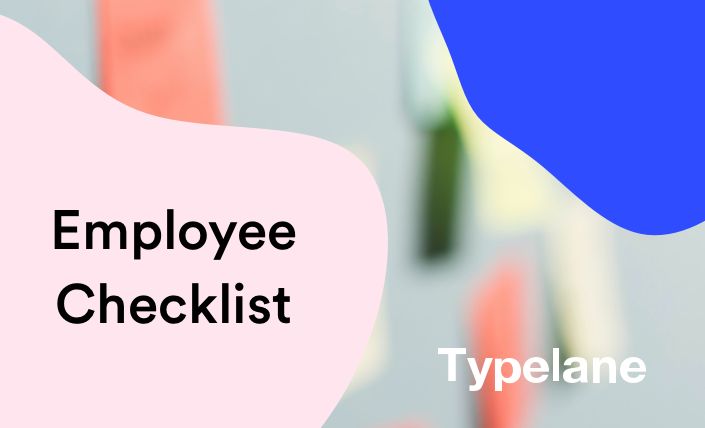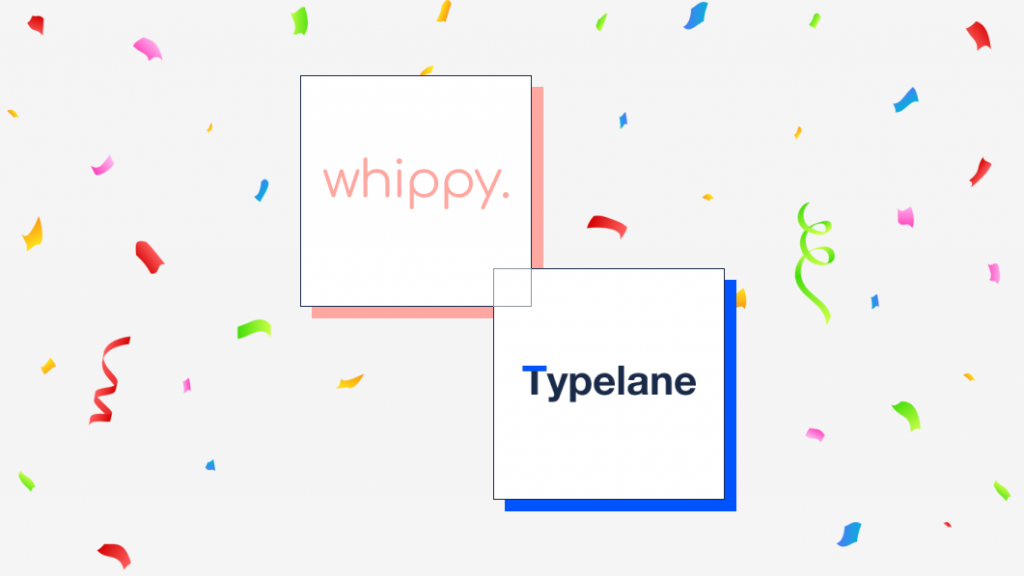The only employee onboarding checklist you will need


In this guide, we have gathered our best tips from employee preboarding to several weeks after an employee’s first day. Regardless of company size or industry, this checklist will help you create and launch a magical employee onboarding.
Good onboarding comes from focusing less on the company and more on the employee and their needs. We should all be striving for the same outcome – happy and productive employees. Once you get that right, everything else follows.
This comprehensive employee onboarding checklist contains many of the steps that are a part of successful employee onboarding. The guide itself is a constant work in progress but contains the pieces, we and our customers have identified as the ones that can make a big difference when it comes to welcoming new talent.
This onboarding checklist is divided into 4 steps:
- Preboarding – Before the first day
- Day Zero – The first workday
- Welcome – The 5 first days at work
- Onboarding – from week 2 to month 6
Preboarding – Before the first day
Preboarding is a fantastic opportunity a few companies actually leverage. There is rarely an opportunity where employees are as curious about the company, the work and the mission as when they have just signed. Leverage that opportunity, but remember to keep it simple and engaging.


Employment Agreement:
Sign the employment agreement






Welcome the new hire:
Send a welcome email to the new hire and let them know you are excited for their first day.



IT Process:
Make sure to kickstart the internal processes:
- Order access card
- Add software licenses
- Order computer


Follow-up by the manager:
Make sure the employees’ manager reaches out 3-5 days before the colleagues the first workday to check-in and welcome them.



Prepp desk:
Make sure the new hire’s desk is prepared for the new hire’s first day. Also, make sure their gear is scheduled to arrive on time.



Invite the new hire to the important tools:
Make sure to invite the new employee to tools like Slack and others before their first day.


Invite to folders:
Make sure to invite the new hire to the relevant folders. This will enable them to go through things at their own pace.


Ahead of the first workday:
Make sure to send out information about when they should be at the office and how the can get to the office.



Team lunch:
Make sure to invite the entire team to lunch on the employee’s first day.
Day Zero – The first workday
During the employee’s first day, the focus should only be on introducing the new employee to colleagues, the offices and make sure their hardware and that the software is functioning as it should.



Desk:
Make sure everything the employee will need is on the desk. Also, make sure that the desk looks inviting and that the surrounding ones are tidy.






Introduction:
Make sure to introduce the new employee to the team. Also book meetings with the people they need to get to know in the organization.



Team lunch:
Make sure to go to lunch together with the new employee on their first day.


Share a simple FAQ:
As a new hire, they have a ton of questions. Share a FAQ that catches the most frequent questions.


Office Tour:
Make sure to show the new hire around. Show them where they can find the printer, coffee, toilets and share other relevant info.



Laptop and access:
Make give the new hire an hour or two so they can set up their computer and other gear as they would like.


Choose a buddy:
Choose a team member that takes a bit extra care of the new hire during their first weeks. Adding an onboarding buddy can make new hire


Introduce the new hire to the intranet / chat-tools:
Make sure to share that you have a new awesome team member!
Welcome – The 5 first days at work
During the first week, everything is new. From ways of working to the IT environment. Therefore don’t make the first week as much about the work that needs to be done. Focus instead on introducing the new employee to the right people, projects, and tools so they can hit the ground running and pick up speed during the coming weeks.






Introduction to ongoing projects:
Make sure to set some time aside to go through the most relevant projects and how work gets done in them.



System introduction:
Make sure to show the employee around in the most relevant systems and explain their purpose.


Policies:
Not the most fun part but essential. Make sure the person has gone through the relevant policies and accepted them.






Product tour:
Book a time to go through your product. Make time for all questions and give them the opportunity to set up their own accounts.


Set up easy week goals:
Make sure to set up a few goals for the first week. It will create a sense of accomplishment. But make sure they are easy!


Book your first One-On-One:
During this one-on-one, it may be wise to talk just see how things have been going and if you can help out with anything.



OKR & KPIs:
Introduce the employee to the company’s and team’s OKRs and KPIs during the end of the week.
Onboarding – from week 2 to month 6
After the first week, the onboarding continues. It can take up to 6 months to get an employee productive, so make sure the onboarding continues after the first week. After the first week, goals play a more important role. But to make sure the employee becomes productive to make sure progress is being made on a weekly basis.



Vision & mission: Make sure to go through the company’s vision, values, and context. This will enable the employee to get a better sense of ambition and the company’s culture.




14 day check-in:
Book a meeting and review the employee’s first two weeks. What has been good and what could be made better?


Set up easy week goals:
Book a session with the employee and set the week goals for the first two weeks. Remember that they should be just
enough challenging to be relevant


Benefits & Pension:
Book a session with HR to cover pension, benefits and those important employee parts. That will also enable them to ask all their questions.



OKR & KPIs:
After the first 30-days it can be a good idea to set up individual KPIs for the employee.




30-day check-in: Follow-up the first month and evaluate it together. How has it been, what has been hard and what should we focus a bit extra on?






Introduction to decision-makers: Introduce the employee to more people internally, the stronger their network, the more they will be able to achieve.



Absence and work from home policy: All companies are different, make sure to go through these pieces. How does it work at your company?




90-day check-in: Continues follow-ups are essential, make sure to have them on a bi-weekly basis during the first 6 months.
Most often it takes new hires several months to become productive. It is therefore essential that onboarding doesn’t stop after the first week.
This entire onboarding checklist is also available in PDF format to download here.
Sign up for our newsletter!
Fine-tune your knowledge within on- and offboardings with our monthly newsletters.


